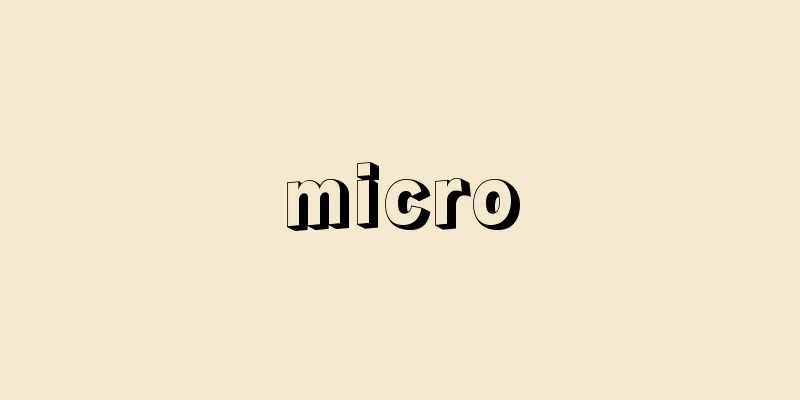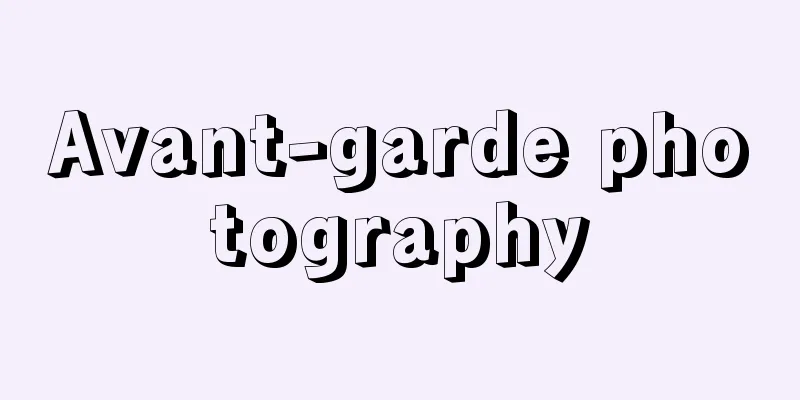Okakura Tenshin

|
Year of death: September 2, 1913 Year of birth: Bunkyu 2.12.26 (1863.2.14) An art administrator in the Meiji period. A leader in the art world. An art historian and thinker. His childhood name was Kakuzo (Kakuzo), later he was called Kakuzo, and Tenshin was a pen name. He was born in Yokohama Honmachi as the second son of Okakura Kakuemon and Nobata Kono. His father, Kakuemon, a samurai of the Fukui domain, was ordered by the domain to take up the business of "Ishikawaya" and trade in Fukui's specialty products and raw silk. In 1870 (Meiji 3), his mother Kono suddenly passed away, and the following year his father remarried Ohno Shizu, and Tenshin was separated from his siblings and placed in the care of Choenji Temple. Some have pointed out that Tenshin's feelings for his mother Kono influenced his later problems with women. Prior to this, in 1869, Tenshin studied English at the academy of James Barra and Chinese classics under the monk Gendo of Choenji Temple, laying the foundation for Tenshin's internationally-minded personality. In 1873, the family moved to Tokyo, and Tenshin entered the Tokyo School of Foreign Languages. In the same year, he entered Tokyo Kaisei School (later the University of Tokyo) and studied political science and finance. In 1880, he graduated from the Faculty of Letters at the University of Tokyo. He initially wrote his graduation thesis on "The State," but it was burned during a lovers' quarrel with Ooka Moto, whom he had married the previous year, and he finished writing "Theory of Art" in two weeks. Tenshin's basic stance, which would run through his later writings and activities, was already apparent in his two viewpoints on the state and art. In the same year, he joined the Ministry of Education, and around this time he began working as an interpreter and assistant to his university teacher Ernest Fenollosa in his research on Japanese art. Tenshin's subsequent activities can be broadly divided into the establishment of an art education system, the system for protecting ancient art, and his work as a creative art instructor, art historian, and thinker. With regard to the establishment of an art education system, he became a member of the Drawing Education Research Committee in 1884, and a member of the Drawing Investigation Committee in 1885. For one year from October 1886, he investigated the art situation and various systems in Europe and the United States as an art investigation committee member together with Fenollosa. In 1877, he became a member of the executive committee of the newly established Tokyo School of Fine Arts (Tokyo University of the Arts), and in 1888, he became its principal, realizing the system of art schools in Japan. In the 1880s, he was often dispatched by the Ministry of Education to carry out surveys of ancient temples and shrines, which were conducted in the 1870s with the cooperation of the Ministry of Finance, the Ministry of Home Affairs, and the Ministry of Education. In the 1880s, after the Ministry of Home Affairs and the Ministry of the Imperial Household took the lead, he became a member of the Provisional National Treasure Investigation Bureau in 1896, a member of the Society for the Preservation of Ancient Temples and Shrines in 1904, and also worked hard with Ryuichi Kuki to establish the Imperial Museum, becoming a director and head of the art department of the Imperial Museum in 1907. As a leader in creative art, he led the Japanese painting innovation movement from the 1900s onwards. Aiming to create new traditional art by absorbing Western painting, in addition to his activities at the Tokyo School of Fine Arts, he founded the Japan Painting Association in 1904 and the Japan Art Academy in 1906. As an art historian, he launched the art magazine Kokka in 1877, and lectured on Japanese and Western art history at the Tokyo School of Fine Arts from 1908, which marked the beginning of art history research in Japan. After the Tokyo School of Fine Arts riots of 1931, Tenshin resigned from the school and the Imperial Museum and left his government position, but he continued to be active in the fields of creative art, preservation of ancient art, and research into art history. Tenshin's activities thereafter became prominent as a thinker. He traveled to China in 1926 and India in 1934, and from 1937 he worked at the Boston Museum of Fine Arts, commuting back and forth between Japan and the United States. He published a series of English works, "The Oriental Ideal" (1903, London), "The Awakening of Japan" (1904), and "The Book of Tea" (1906, both New York), introducing Japanese oriental aesthetics to the Western world while discussing them largely from a political and civilizational perspective. He suffered from kidney inflammation complicated by a heart attack and died at his villa in Akakura, Echigo. His works include the "Complete Works of Okakura Tenshin" (9 volumes). (Michinobu Sato) Source: Asahi Japanese Historical Biography: Asahi Shimbun Publications Inc. About Asahi Japanese Historical Biography |
|
没年:大正2.9.2(1913) 生年:文久2.12.26(1863.2.14) 明治期の美術行政家。美術界の指導者。美術史家,思想家。幼名覚蔵(角蔵),のち覚三,天心は号。横浜本町に岡倉覚右衛門,野畑このの次男として生まれる。福井藩士だった父覚右衛門は,藩命によって「石川屋」を名乗り,福井の特産品や生糸の商いをしていた。明治3(1870)年母このが急逝し,翌年父が大野しずと再婚した際,天心は兄弟と離れて長延寺にあずけられた。母このへの思いが,後年の天心の女性問題に影響したとする指摘もある。これに先立つ明治2年,天心はジェームズ・バラの塾で英語を,また長延寺玄導和尚から漢籍を学び,国際性豊かな天心の基礎が作られる。同6年一家は上京し,天心は東京外国語学校に入学。同8年には東京開成学校(のちの東京大学)に入学し,政治学,理財学を学ぶ。13年東京大学文学部を卒業。卒業論文は初め「国家論」を書いたが,前年に結婚した大岡もととの痴話げんかから焼かれてしまい,2週間で「美術論」を書き上げたという。国家論と美術論というふたつの視点に,のちの著作や活動を貫く天心の基本的立場がすでに表れている。同年文部省に入り,またこのころから大学の師アーネスト・フェノロサの日本美術研究の通訳や助手を務め始めた。 以後の天心の活動は,美術教育制度,古美術保護制度の確立,創作美術の指導者,美術史家,思想家の活動に大別できる。美術教育制度の確立に関しては,明治17年図画教育調査会委員,18年図画取調掛委員となり,19年10月から1年間,フェノロサとともに美術取調委員として欧米の美術事情と諸制度を調査。20年新設された東京美術学校(東京芸大)の幹事,23年校長となり,日本における美術学校という制度を実現する。古美術保護に関しては,明治10年代に大蔵,内務,文部3省の協力で行われた古社寺調査に,文部省からたびたび出張。20年代に入り内務,宮内両省の主導となってからは,21年臨時全国宝物取調局取調掛,29年古社寺保存会委員となり,また帝国博物館の設立にも九鬼隆一とともに尽力,22年帝国博物館理事・美術部長となる。また創作美術の指導者としては,20年代以降日本画革新運動を先導。西洋絵画の摂取による新たな伝統美術の創出をめざし,東京美術学校での活動のほか,29年日本絵画協会,31年日本美術院を結成した。美術史家としては,22年美術誌『国華』を創刊し,23年から東京美術学校で日本美術史・泰西美術史を講義,これが日本における美術史研究の嚆矢となる。31年の東京美術学校騒動後,同校および帝国博物館を辞職し官職は離れたが,創作美術,古美術保護,美術史研究に関する活動は続けている。そしてこの後の天心の活動に顕著となるのが,思想家としての活動である。26年中国,34年インドに旅行し,37年からはボストン美術館に勤務して日米を往復。英文著作『東洋の理想』(1903,ロンドン),『日本の覚醒』(1904),『茶の本』(1906,ともにニューヨーク)を次々に刊行し,日本東洋の美学を多分に政治論的,文明論的に論じながら西欧世界に紹介した。腎臓炎に心臓発作を併発し,越後赤倉山荘で死去。『岡倉天心全集』(全9巻)がある。 (佐藤道信) 出典 朝日日本歴史人物事典:(株)朝日新聞出版朝日日本歴史人物事典について 情報 |
<<: Okakura Yoshisaburo - Okakura Yoshisaburo
Recommend
counter-force strategy
In this strategy, McNamara emphasized a nuclear r...
Kaslin Typhoon - Kaslin Typhoon
A typhoon that brought heavy rain to the western a...
Nutrient salts
Silicates, phosphates, sulphates, sulphites, etc. ...
Østerdalälv (English spelling) Osterdalalv
The Dala is Sweden's fourth largest river in ...
Resting angle - kyuushikaku
→ Angle of repose Source : Heibonsha Encyclopedia ...
National Assembly (English: Assemblée nationale) (French)
The term is usually used to refer to the first Fr...
Silver Flower
…It has long oval eggs at the end of a thread-lik...
Chinese crab apple
A deciduous tree of the Rosaceae family similar to...
Santo Calendar - Santo Calendar
The first calendar system recorded in Chinese his...
Connolly, Maureen Catherine
Born: September 17, 1934, San Diego, California Di...
Arenga engleri (English spelling)
…[Sumihiko Hatsushima]. … *Some of the terminolog...
Yellow cuckoo - Yellow cuckoo
A perennial plant of the lily family (APG classif...
Jingikan - Jingikan
(1) One of the government offices under the ritsu...
Masaki Uehara (2nd generation)
Born: December 10, 1903, Nihonbashi, Tokyo [Died] ...
Ikeda Post Town
A post station in the province of Totomi from the ...









